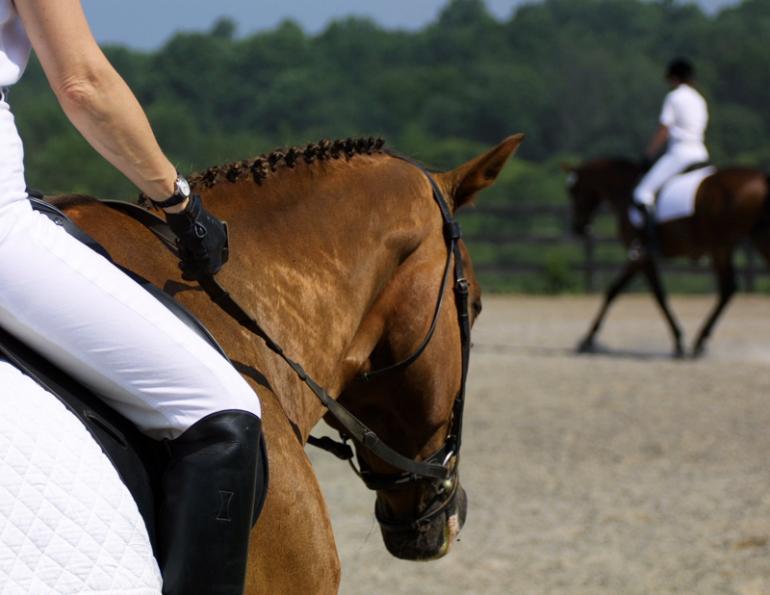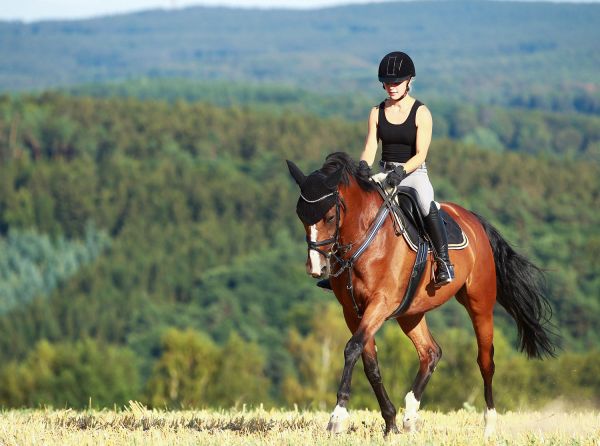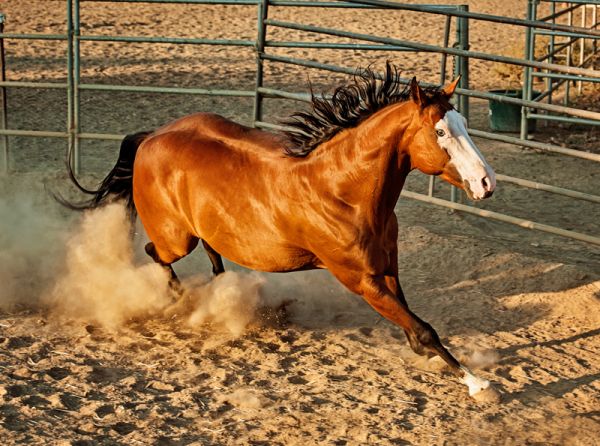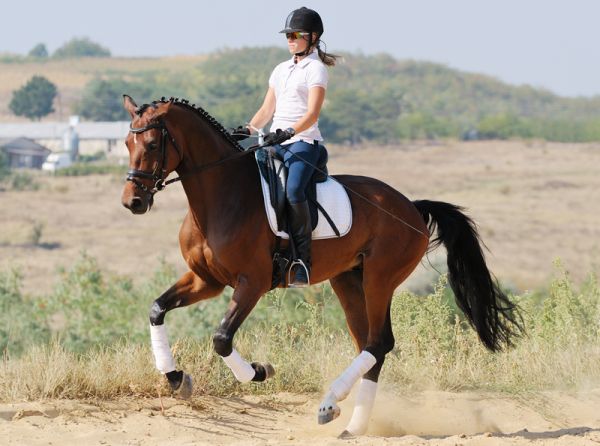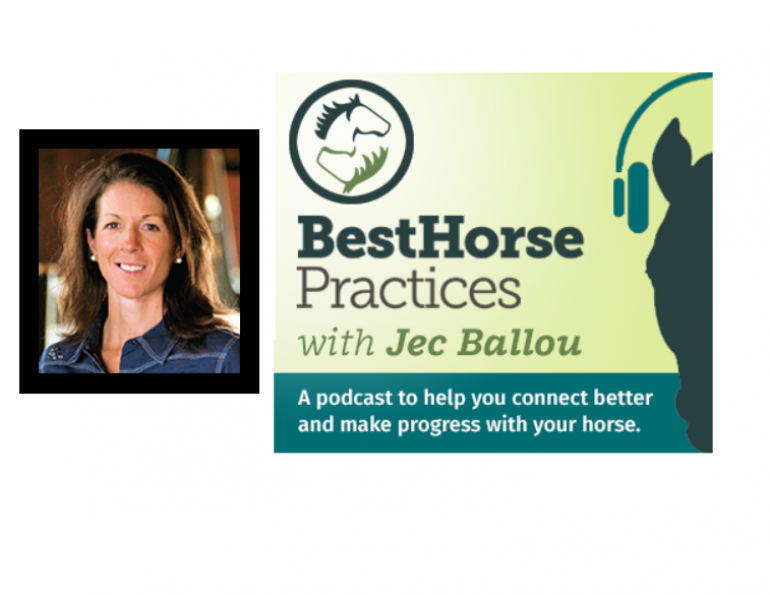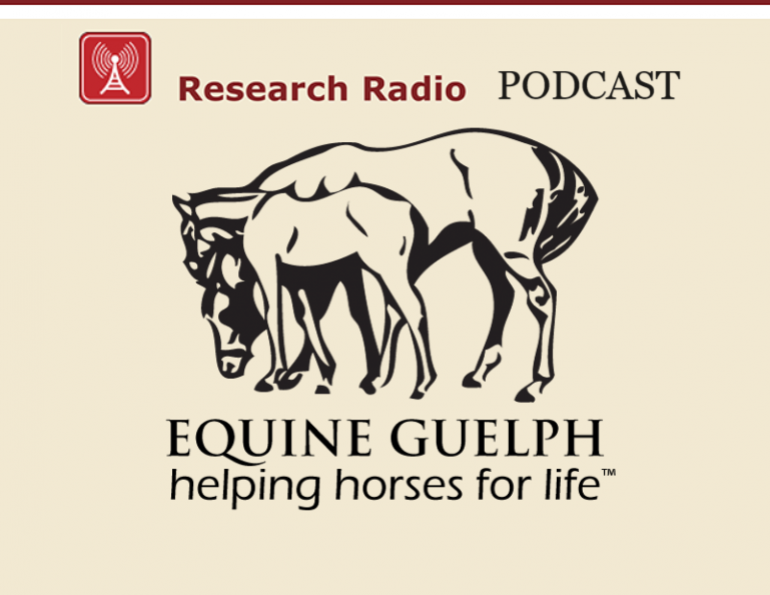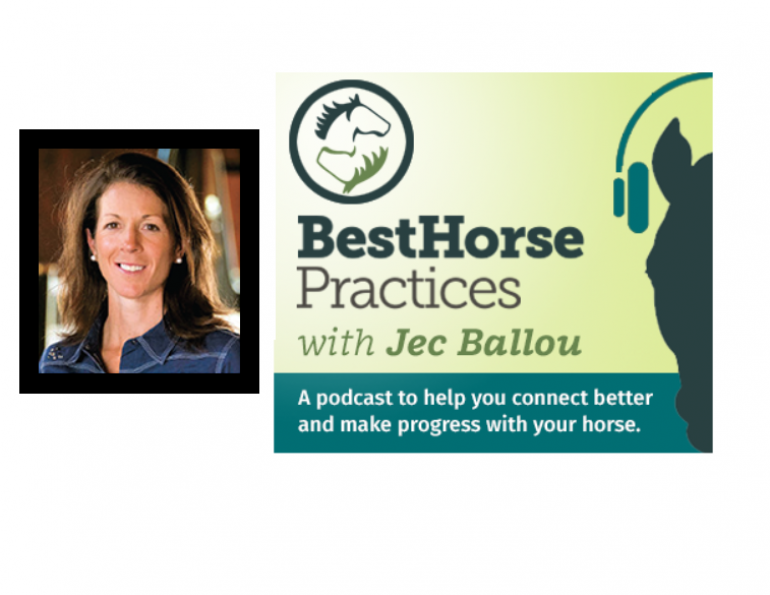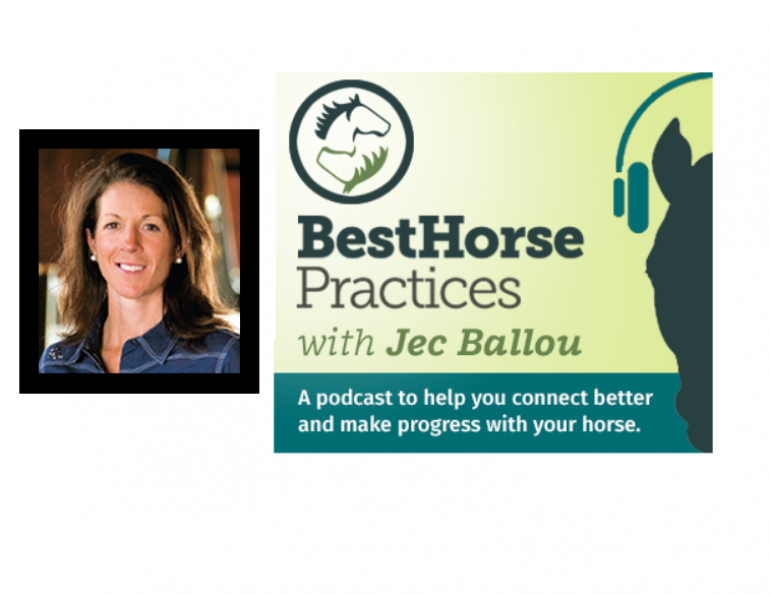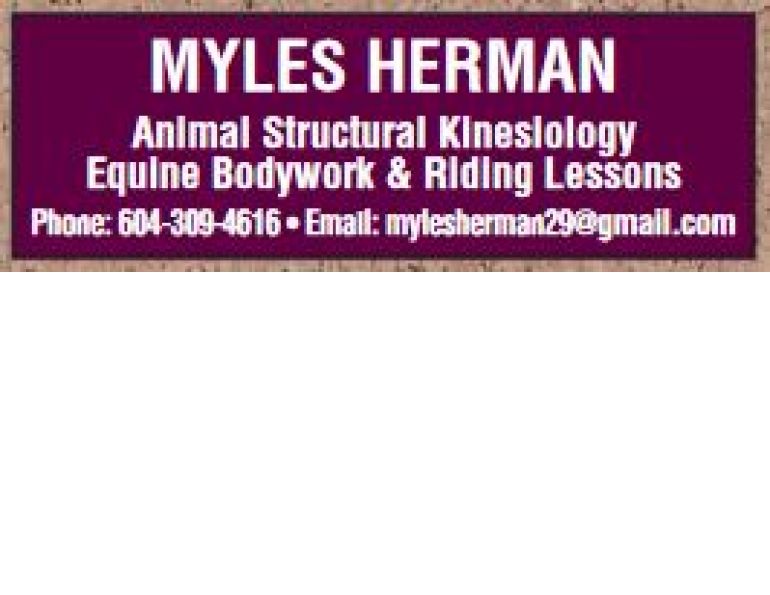By Jec A. Ballou
As an equine fitness specialist, my job is always to ask how we can improve the horse’s body. One of the simplest ways we can do this in daily riding is to think about how we ride the trot: posting vs. sitting. Certain disciplines tend to prioritize one method over another, but regardless of a sport’s traditions or fads, we need to consider our force impact on the horse’s physical structure. On the whole, I see many horses’ backs suffering the effects of too much sitting trot. Gaits could be improved, muscles bloomed, and energy restored by spending more time posting.
A collaboration of U.S. and Dutch researchers recently confirmed this by using motion analysis cameras and electronic saddle pressure mats to study the effects of riders’ weight. While there is always some degree of pressure on the horse’s back when carrying a rider, forces were significantly lower during posting trot as opposed to sitting. During a lighter seat, or two-point position, forces on the horse’s back were even less. The general message here is that sitting trot creates the most impact and force on the horse’s back, while posting — and lighter seat variations — create much less.
Further, the same researchers found that the horse’s back extends more (vertebrae move away from each other) when loaded in sitting trot. During posting trot, the back flexes more. These findings validate the long-held belief by many trainers that posting trot is much better for a young horse’s back, in order to allow him to round and flex it (moving the vertebrae closer together). Posting trot should not, however, be reserved for youngsters.
What we can derive from this research is that, even with a well-muscled and mature horse, periods of posting trot with allow him to work with a flexed back and less burden. There are indeed times to add more load or force to his workload, and spend time sitting the trot. This is also obviously necessary for developing a rider’s skills. But do not forget to intersperse these bouts with periods of posting. You will keep a horse’s gaits fresher this way and avoid having his back adopt an overly extended pattern or create hard/tight muscles from consistent force impact.
Interestingly, preliminary research has also indicated that total range of lateral bending is greater during posting trot compared to sitting trot. Further research needs to be done, but for now this might indicate that posting trot during lateral exercises may offer advantages to the horse. This thrills me, because I have felt such a difference in my own horses when, years ago, Manolo Mendez urged me to school lateral movements while posting the trot, not sitting. As a devout dressage student, I felt uncomfortable about this at first; it felt like a violation of strict dressage code: A rider MUST sit the trot during lateral movements. But when I made the switch, the improvement in my horses convinced me that posting during lateral movements was better for their backs. And now science just might be proving this true. Stay tuned for study results. In the meantime, trot on!
Related: How to Master the Sitting Trot
To read more by Jec Ballou on this site, click here.
Photo: iStock/Dagamon



